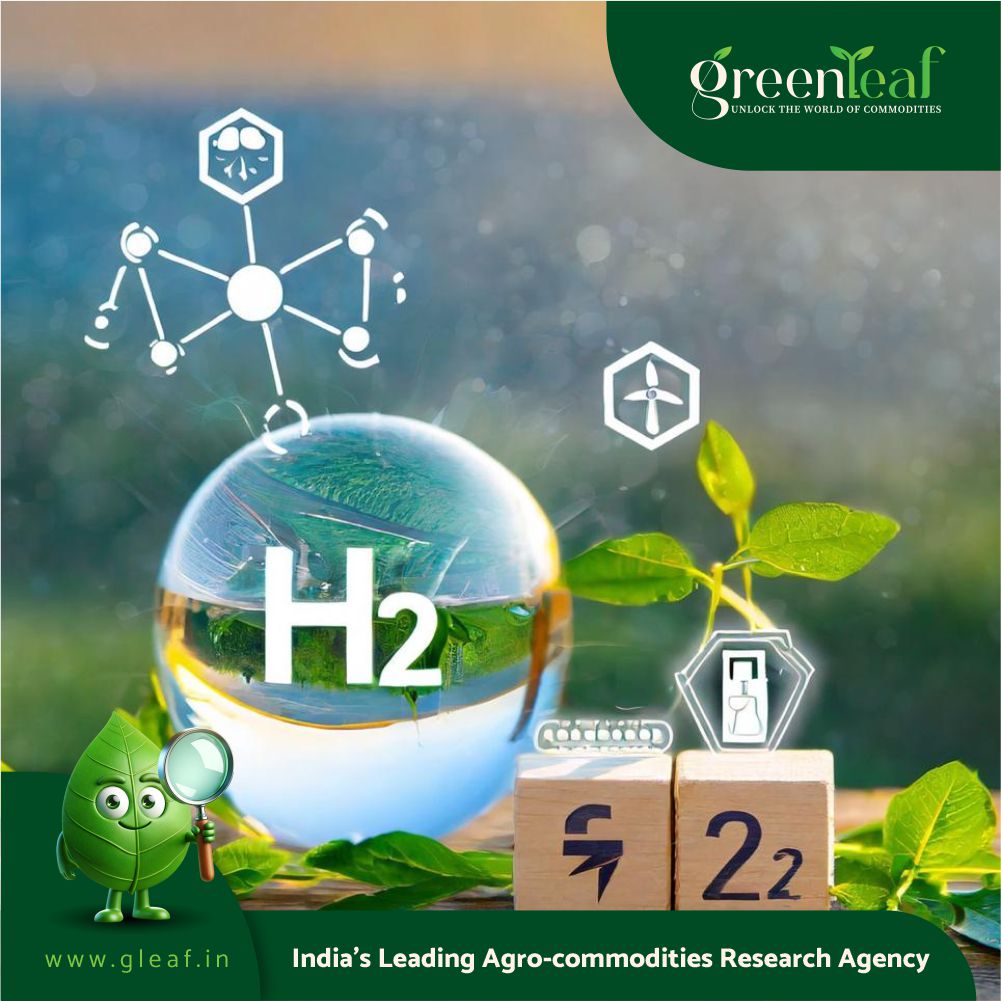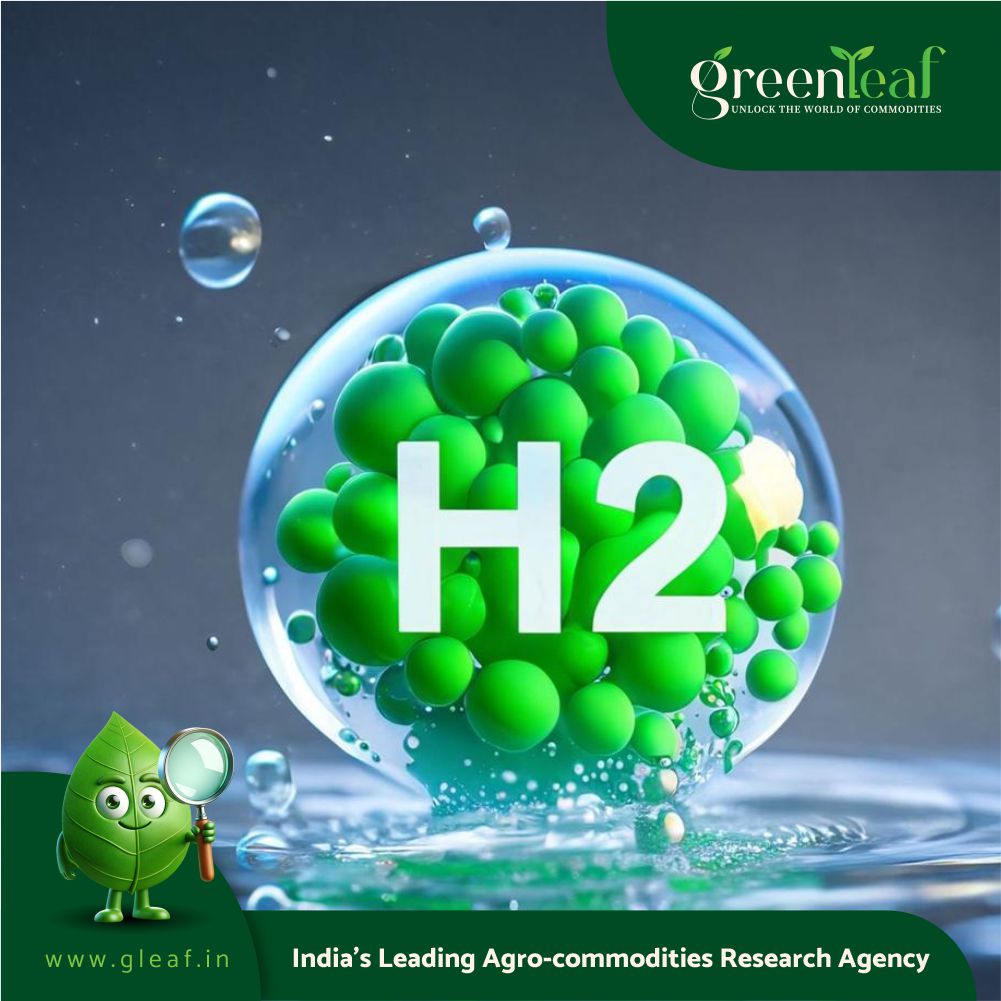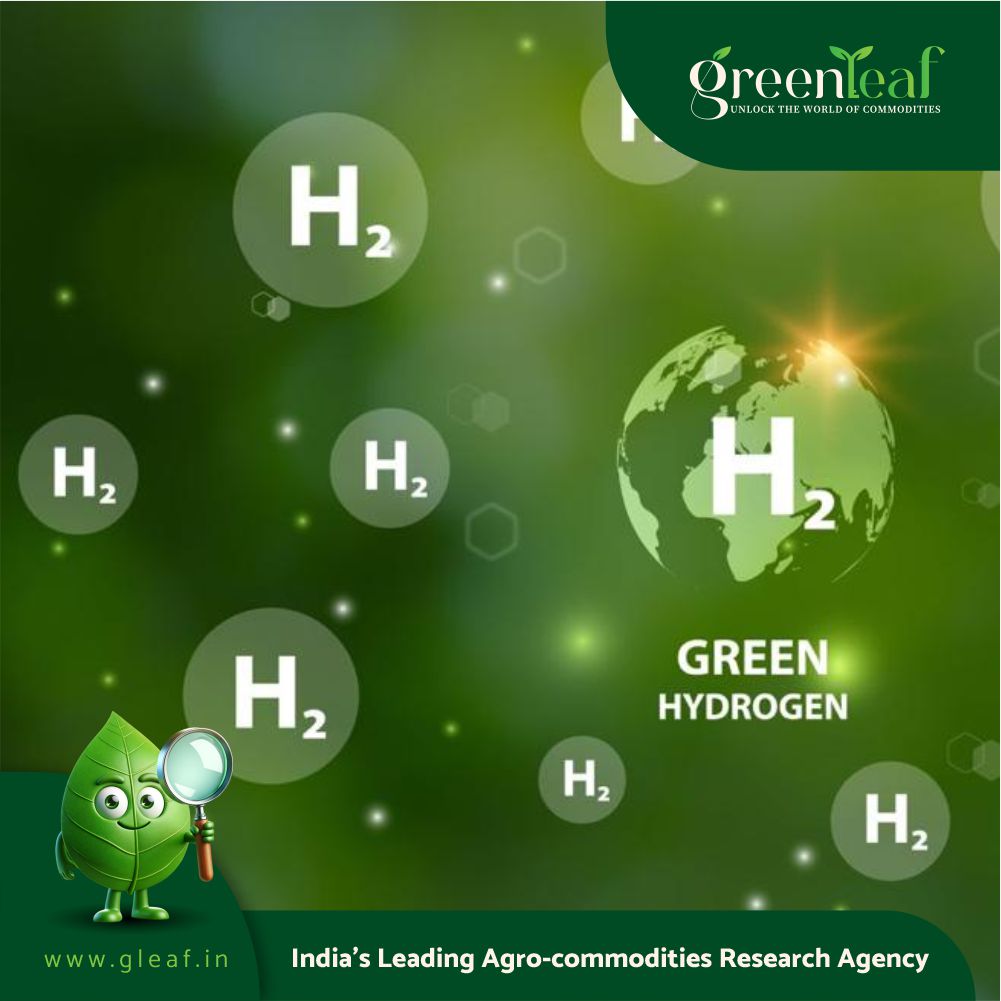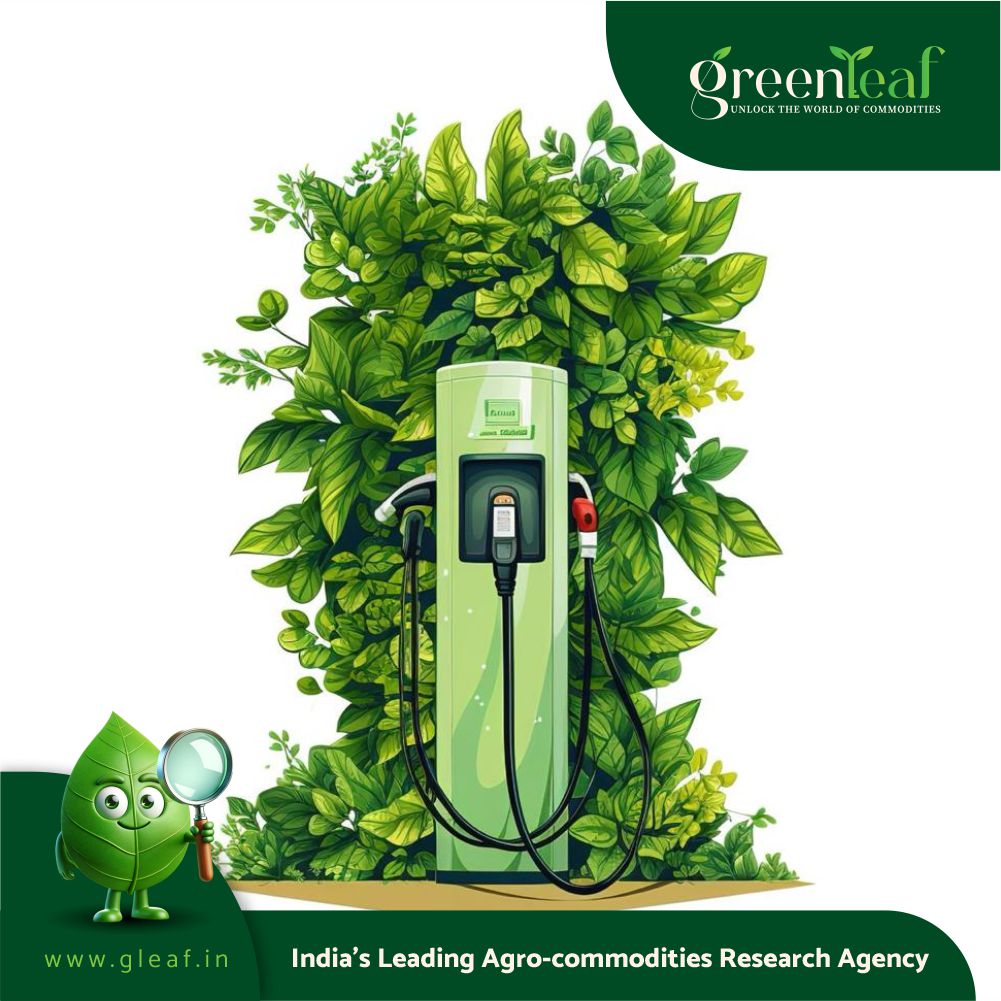The 11th edition of India Energy Storage Week (IESW) 2025, organized by the India Energy Storage Alliance (IESA), commenced today with a grand inaugural ceremony at IICC Yashobhoomi, New Delhi. The event drew participation from over 200 global energy leaders and dignitaries, including Dr. Ajay Mathur (Ex-DG, International Solar Alliance), Professor, IIT Delhi; Malini Dutt, Trade and Investment Commissioner – India, NSW Government; Manish Sharma, Chairman, Panasonic; Stephen Fernands, Founder and President, Customized Energy Solutions (CES); Vinayak Walimbe, Managing Director, CES; and Debmalya Sen, President, IESA.
Addressing the inaugural Ceremony, Dr. Ajay Mathur, Ex-DG- International Solar Alliance & Professor, IIT Delhi, said, “IESW 2025 embodies the collective aspirations of the battery and storage communities, fostering collaboration and knowledge exchange among industry professionals. It serves as a crucial platform where individuals from various sectors, such as battery manufacturing, application, and electricity demand, can come together to learn from one another and advance their understanding of the sector.”
As part of the opening session, IESA released its market reports, which spotlight India’s evolving hydrogen landscape. According to the report, India’s hydrogen demand is projected to grow at a CAGR of 3 percent, reaching 8.8 million metric tons per annum (MTPA) by 2032. While over 9 MTPA of green hydrogen (GH2) project capacity has been announced, very few projects have reached final investment decision (FID) or secured long-term offtake agreements. Under the baseline scenario, where 30 percent of announced capacity becomes operational by 2032, electrolytic and bio-hydrogen could fulfill approximately 31 percent of domestic demand.
Mr. Vinayak Walimbe, Managing Director, Customized Energy Solutions (CES), further added, “Despite various policy interventions and government initiatives to promote the green hydrogen mission, several challenges remain in addressing the urgent issue of decarbonization. The IESA India Hydrogen Report, launched at IESW 2025 today, is crucial in raising awareness among policymakers, industry leaders, and stakeholders in the sector, helping to further accelerate the mission.”
The report also offers critical insights into India’s National Green Hydrogen Mission. Key developments under the SIGHT (Strategic Interventions for Green Hydrogen Transition) initiative include funding for GH2 production (Tranches 1 and 2), electrolyzer manufacturing (Tranches 1 and 2), and green ammonia aggregation. Four states account for 82 percent of announced GH2 capacity: Odisha (38 percent), Gujarat (26 percent), Karnataka (12 percent), and Andhra Pradesh (6 percent). Nearly 72 percent of announced projects are geared toward ammonia production, while 20 percent have not disclosed end-use applications.
On the cost front, the levelized cost of hydrogen (LCOH) produced via electrolysis remains significantly higher than fossil-based hydrogen. Key cost drivers include electricity tariffs, electrolyzer capital expenditures (stack and balance of plant), and capacity utilization rates. In the base case, LCOH is estimated to be two to four times the cost of fossil fuel-based hydrogen. Even in optimistic scenarios, the cost is expected to be 1.5 to 2.5 times higher, though nearing recent price discoveries in India’s first green hydrogen auctions.
Mr. Debmalya Sen, President, India Energy Storage Alliance (IESA) said, “With the support of government initiatives to foster innovation and investment in clean energy technologies, IESW 2025 will bring together industry leaders, government representatives, and global experts to showcase groundbreaking solutions. This gathering will pave the way for India’s transition to a resilient energy system, ensuring we meet our growing energy demands while keeping our target of production capacity of 5 million tonnes per annum (MMTPA) of green hydrogen by 2030 in sight.”
India’s hydrogen consumers, who represent about 6 percent of total market demand, continue to face high landed costs due to added storage and transport expenses. Further compounding the challenge are open-access electricity regulations, which limit the ability of commercial and industrial users to offset renewable energy consumption, thereby affecting electrolyzer utilization.
IESW 2025 is poised to be a transformative platform, uniting ministries, government officials, and industry leaders from over 20 countries. The event will serve as a launchpad for more than 300 product innovations across EVs, charging infrastructure, solar, green hydrogen, batteries, and renewable energy. It will also witness more than seven factory and product announcements from India’s top manufacturers.















